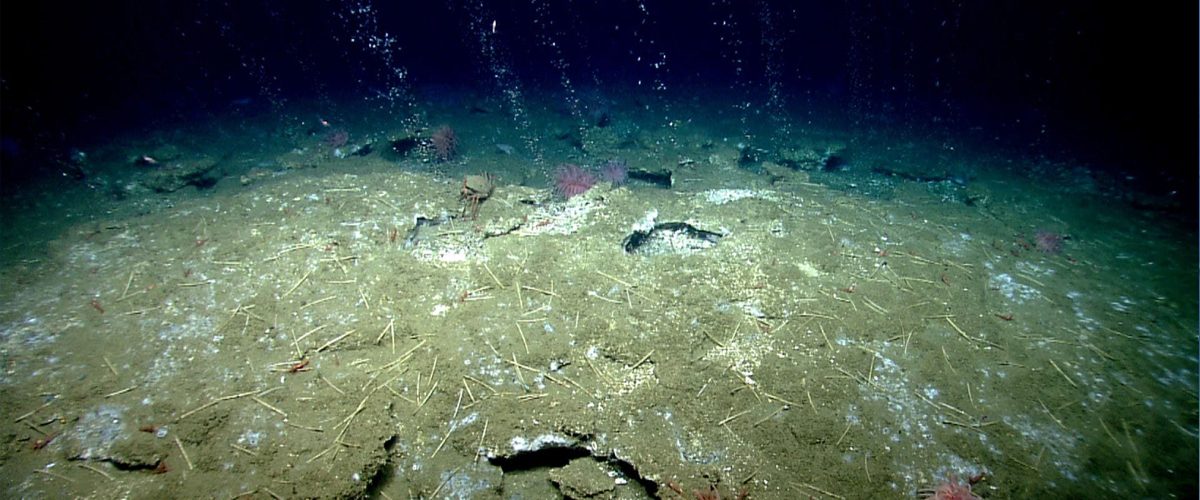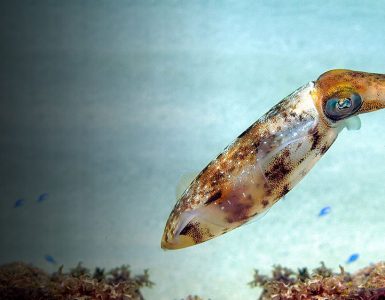A team of scientists from Harvard University has discovered that microbes operating on the seabed consume large amounts of methane, regulating the Earth’s temperature by preventing it from rising into the atmosphere.
Methane, a key greenhouse gas has been produced by day-to-day human activity like lightening a barbecue. Farm animals tend to produce naturally. This gas is believed to contribute to 25% of global warming, which can have potentially grave consequences for all living beings. In the ocean huge amount of methane is being produced, but it hardly reaches the surface, let alone the atmosphere, and Jeffrey J. Marlow, and his team at Harvard University found out why. By taking samples from 7 underwater geological sites and discovering that carbonate rocks harbor organisms, with the highest gas oxidation rates (ever identified), they concluded that several communities of microbes rapidly consume methane, and preventing it from escaping into the open air, thus regulating Earth’s temperature. This is a first of its kind, methane sink study. Evolutionary biologist and part of team Peter Girguis believe that
The microbes in these carbonate rocks are acting like a methane biofilter consuming it all before it leaves the ocean.
This is an important step in understanding multiple factors that can affect Earth’s temperature, be it positive or negative. The ability of these organisms to produce, consume, and simultaneously trap methane under ocean water is remarkable.
Scientists tested the carbonated chimney-like rocks collected from the Southern Californian coast, and they had the astonishingly highest rate of methane ever recorded. This study adds to the significance of these rocks in keeping methane levels in check.

The researchers believe that the chimney-like unusual structure of rock has something to do with it. The rocks can stack as high as 59 inches, and form channels, allowing microbes to clump together in high densities, thus consuming methane 50 times faster than other seafloor sediment microbes.
Biologist Jeffrey Marlow from the Boston University says, “These chimneys exist because some methane in fluid flowing out from the subsurface is transformed by the microbes into bicarbonate, which can then precipitate out of the seawater as carbonate rock.”
To find out where the methane is coming from, they placed carbonate chimney-like rocks into a reactor with high pressure to refabricate seafloor conditions and then compared this methane consumption with data from 3 different geological settings (from the Gulf of Mexico to the coast of New England). This study is one step forward in understanding factors contributing to global warming. Once the exact mechanism of the microbial activity and natural methane sink is understood, it can be used to create methane sinks in the areas with high methane to soak up the gas. Further studies are being conducted on how different elements of these rocks, like their structure, electrical conduction, fluid flow, and density of microbial community can affect or contribute to the overall methane sink ability, to help with its practical implementation or replication for future use.
















Add comment